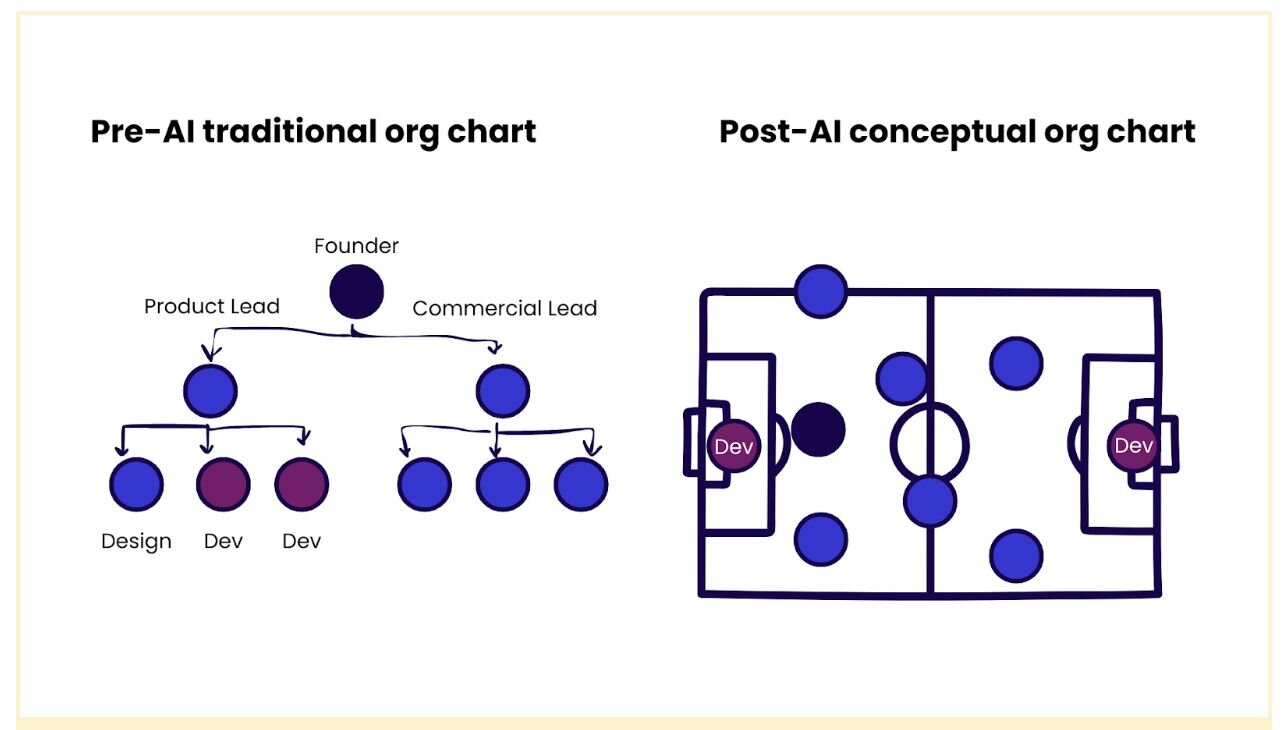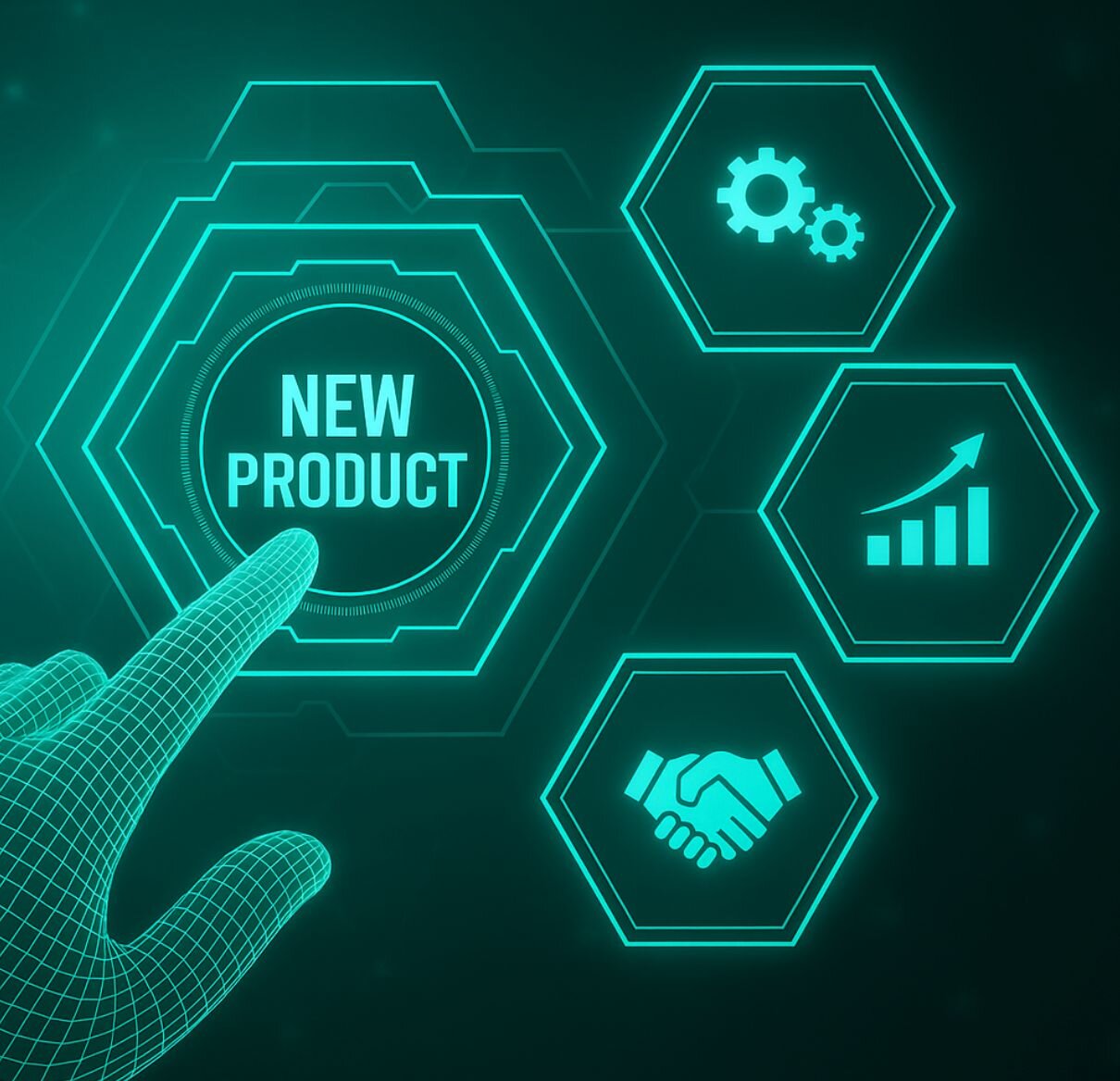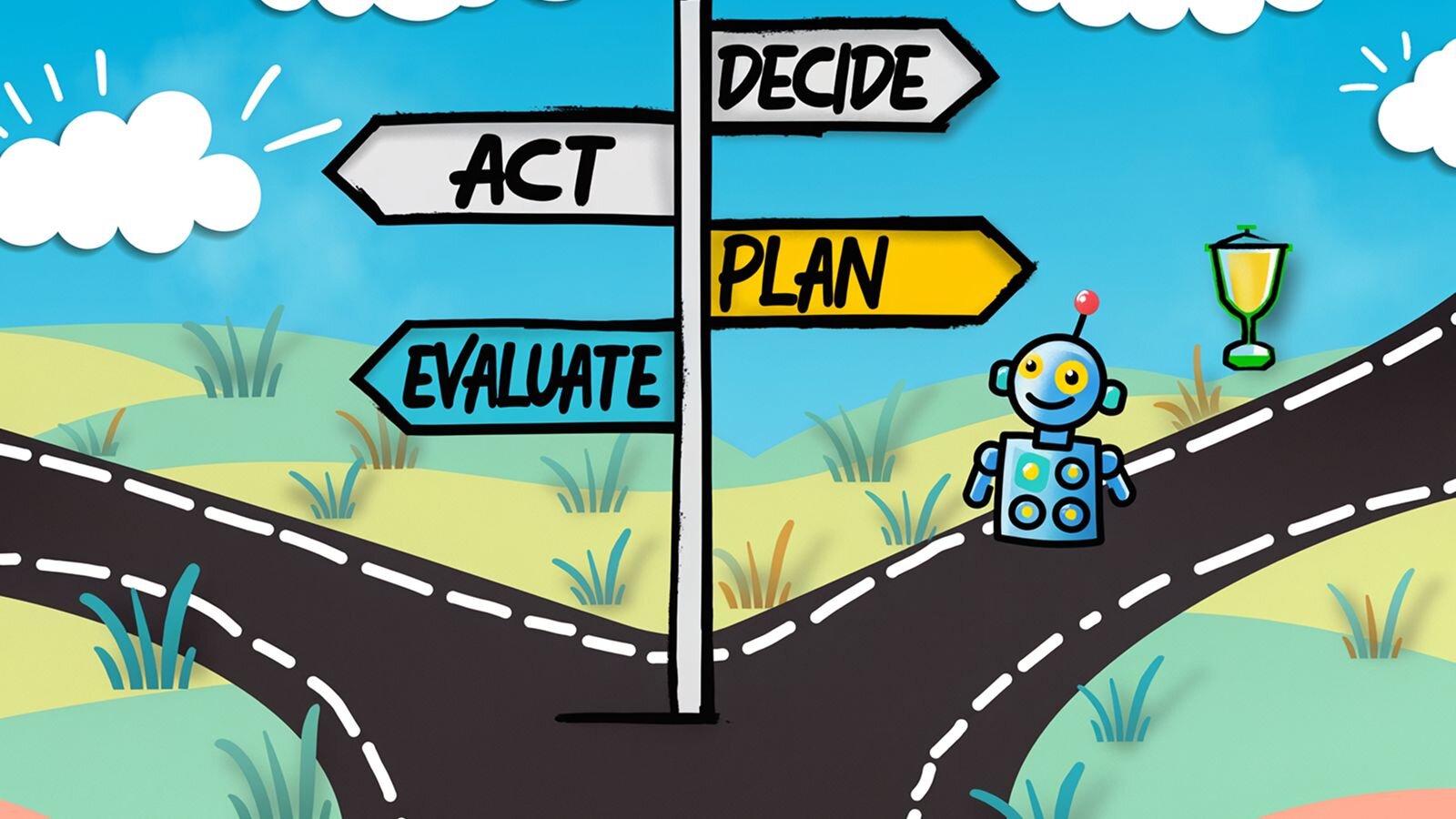As a product category, digital health products like electrocardiogram (ECG) or Continuous Glucose Monitoring (CGM) apps are very new for most people across the world. Let’s dig deeper into this area with CGM apps as a general example.
User comprehension
CGM apps are typically used by individuals with diabetes to monitor their blood glucose levels. Misunderstanding the data or instructions within the app can lead to incorrect decisions about insulin dosages or other medical interventions. This can have serious health implications, including hypoglycemia or hyperglycemia, both of which can be life threatening.
Onboarding flows are a popular pattern used across the industry. It’s easy to assume comprehensive onboarding flows will solve this problem. However, when you observe how quickly people tap next next next in real life you’ll notice that these flows tend to have the opposite effect. Here are some potential solutions to this problem:
Progressive disclosure with clever speed bumps is your best friend. Disclose information step by step and pick UI patterns that slow down the users so they can consume the information. Consider using strong language that garners users attention about why it is important to actually read the information.
Consider using engaging animations, or even short videos to quickly educate your users. Animations tend to be costly from an engineering perspective, but they are definitely worth it in the long term because they do a great job of slowing users down and capturing their attention.
The common, and entirely valid, concern when building onboarding flows is that they can feel cumbersome, causing users to drop off midway. Product managers have to really prioritize what info needs to be in the onboarding flow vs what info is better suited for contextual user education later on in the app.
Delight
A delightful experience encourages users to engage more with the CGM system. When the system is easy to use and provides an engaging experience, users are more likely to use it consistently and benefit from its data and insights, leading to better adherence and health outcomes. Here are some examples for a good way to introduce delight into your app and make your app less boring:
Nudge users to set specific health goals (e.g., carbs intake, exercise, number of readings in a week, etc.) and reward users when they achieve them. Rewards can be in the form of engaging animations that delight the users and something they look forward to at the end of the day.
Provide visual feedback on users' progress over time. Charts, graphs, or before and after comparisons can serve as intrinsic rewards by showing users the positive changes in their health and how far they have come.
Social experiences that enable users to make their loved ones a part of their health journey create emotional delight. For example, diabetics can follow their friends in the diabetes community and be allowed to build community on the app.
Reliability
For the users who rely on digital health products for health needs, reliability tends to be on the top of their minds. For example, the first thing I did when I used a CGM for the first time was to compare it to the conventional finger prick and check if the results are similar. Users need to trust the CGM app for it to be effective. Reliability builds user confidence in the system and therefore encourages consistent usage and reliance on the app for managing diabetes. Users are more likely to adhere to their monitoring routine when they trust the data provided.
The reliability of a metric, and the reliability of the app/system are two distinct things. Ensuring the reliability of the system often involves addressing engineering challenges through algorithm enhancements, etc. In contrast, ensuring the reliability of the metric is primarily a matter of user perception.
Some metrics, such as body weight or blood glucose levels, can fluctuate throughout the day due to factors like diet and hydration. On the other hand, metrics like blood oxygen levels or heart rate can exhibit spontaneous variations within seconds, often without any physical activity, which can be very confusing to an average user. One of the ways to bridge this understanding gap is to educate users upfront about the nuances of what they are about to measure, and then contextually explain the significance of a measurement after a measurement has been taken.
Conclusion
In summary, this article emphasizes three key principles product managers should keep in mind for developing effective digital health products: user comprehension, delight, and reliability. User comprehension ensures accurate health data usage, impacting patient safety. Engaging elements in the user interface boost engagement and consistent usage, leading to improved health outcomes. Reliability is critical for building trust in digital health apps, a key aspect for building trust with users and generating better health outcomes.
As digital health products become mainstream in the next decade through wearables, integrating user comprehension, delight, and reliability into product design and function will directly influence the effectiveness, adoption, and impact of digital health technologies.







